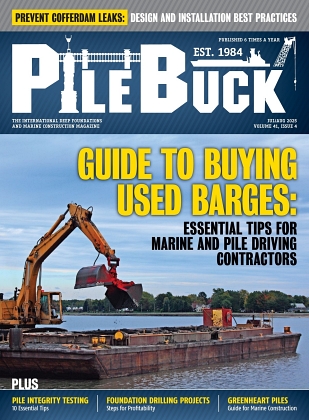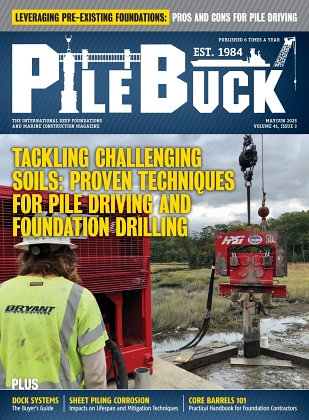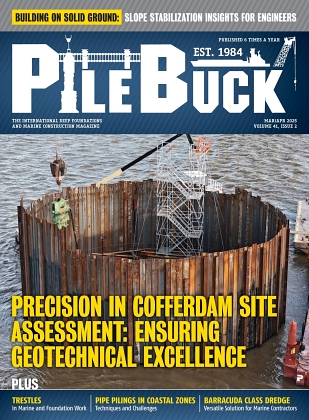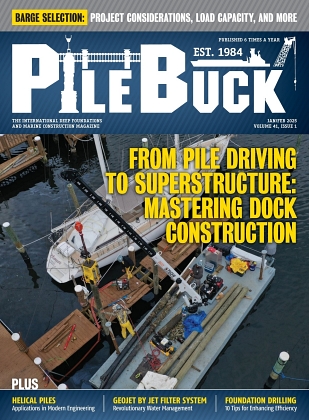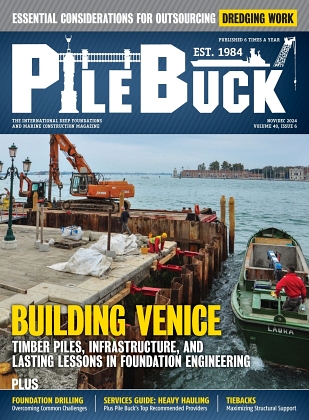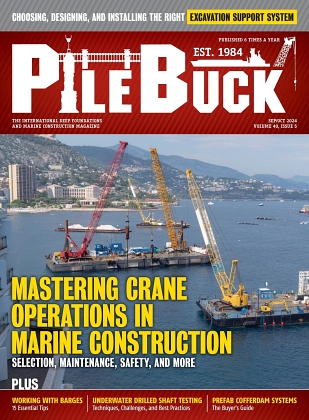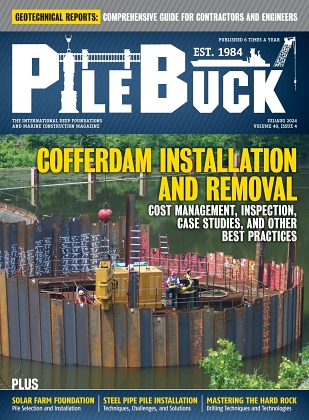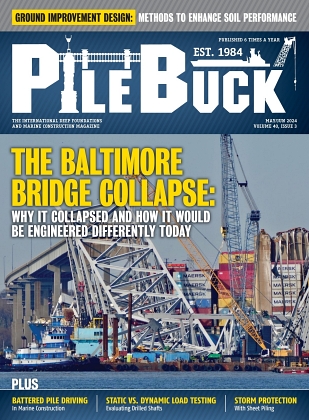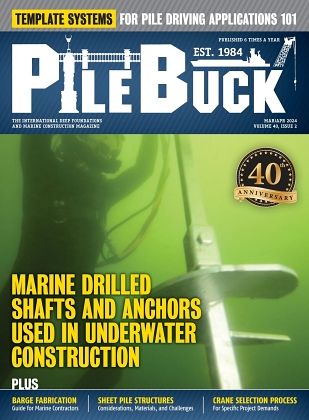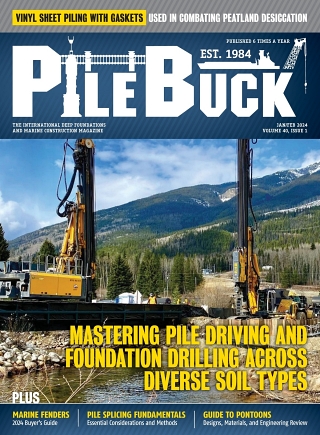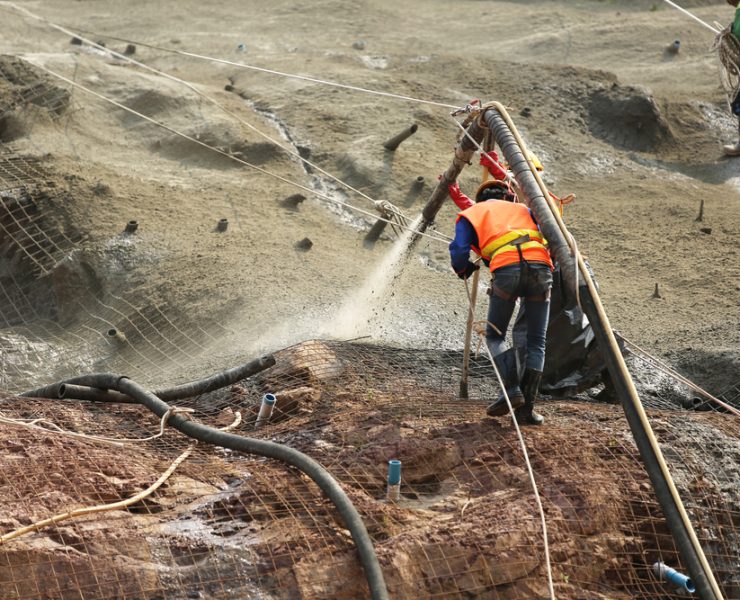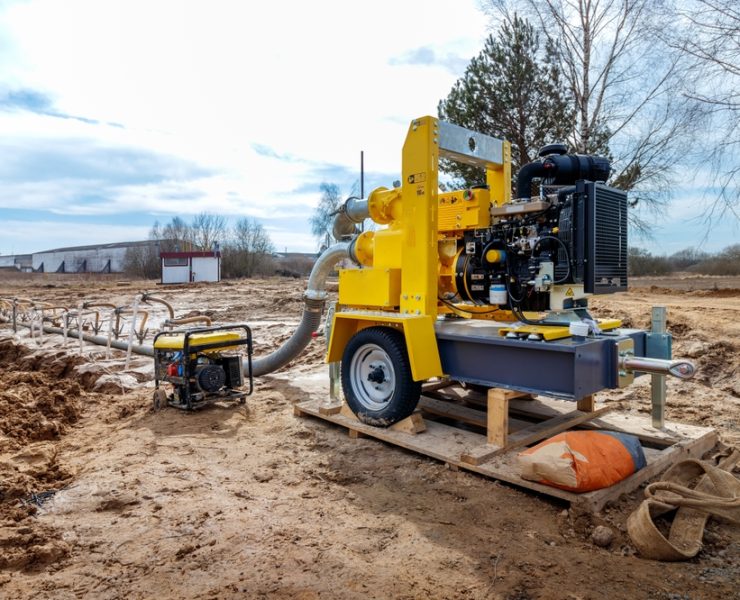Enhancing Drilling Performance with Wear Components and Lubricants
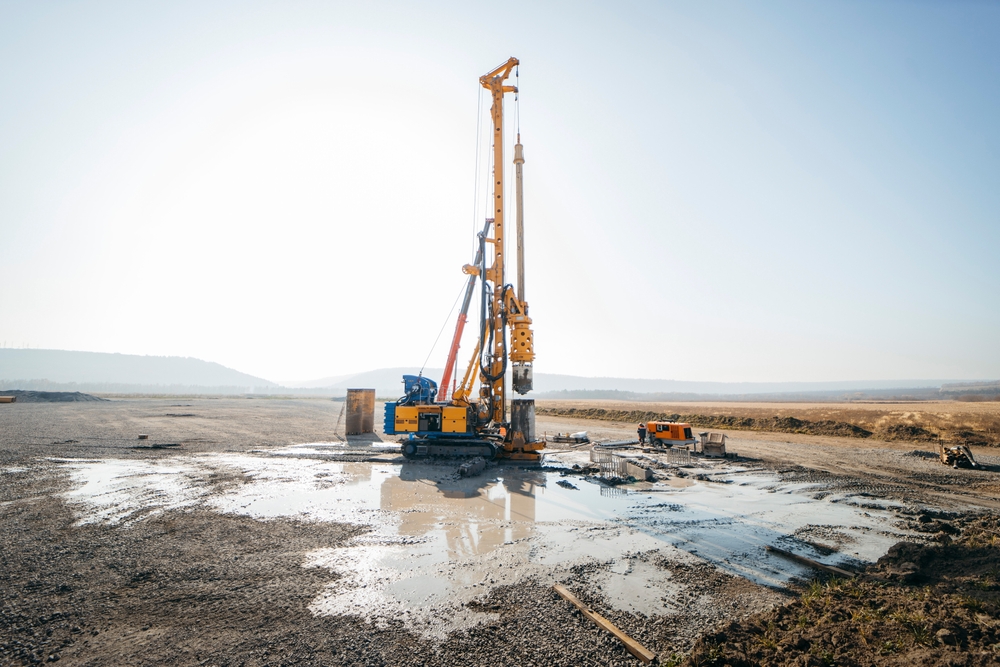

Modern drilling demands more than brute force. Operators now chase longer equipment life, lower downtime, and consistent penetration in unpredictable formations. Yet even with the most advanced rigs, performance often stalls because of friction, vibration, and tool wear. The solution lies in refining two critical factors: wear components and drilling lubricants and additives. When these elements work in harmony, the result is smoother operation, improved tool longevity, and higher productivity per foot drilled.
The Role of Wear Components in Drilling Performance
Understanding Wear Mechanisms
Drilling tools endure punishing conditions, abrasive rock, high torque, and continuous impact. Over time, this environment erodes the very parts responsible for stability and accuracy. Components such as DTH hammer assemblies, casings, and bit interfaces are particularly vulnerable. Once degradation begins, vibration increases, bits dull faster, and efficiency drops sharply. Research on down-hole materials shows that surface hardness, microstructure, and heat treatment directly influence wear resistance, proving that material science is as vital as mechanical design.
Choosing Premium Wear Components
Superior drilling performance starts with the right hardware. Precision-engineered drill rods designed for torque control, downhole shock absorbers that dampen vibration, and high-torque swivels that maintain smooth rotation all play essential roles in preserving structural integrity. Each of these durable drilling components reduces mechanical stress across the drill string. By upgrading to wear-resistant alloys and precision-machined joints, contractors can extend tool life, reduce non-productive time, and achieve a higher rate of penetration.
Wear resistance is not a luxury; it’s an operational strategy. A properly selected combination of threaded casing systems, tool joints, and coupling hardware provides the foundation for stability. Without it, even the most advanced lubrication systems cannot compensate for accelerated fatigue.

The Impact of Lubricants on Drilling Efficiency
Friction, Heat, and Tool Life
Friction is the invisible enemy of every drilling operation. It generates heat, accelerates wear, and magnifies energy loss. Proper lubrication mitigates this chain reaction. When frictional drag is reduced, torque and drag levels fall, penetration improves, and mechanical stress across components eases. In fact, studies show that high-performance lubricants can cut surface wear on metal-to-metal contact points by more than half.
For rotating equipment such as rotary swivels or hammer housings, adequate lubrication ensures a uniform torque profile. The result is not only faster drilling but also a substantial reduction in premature failures.
Formulating the Right Lubricants
Not all lubricants are created equal. Formulations for drilling applications must perform under extreme temperature and pressure while minimizing environmental impact. Advanced blends use anti-wear additives, nanoparticles, and biodegradable base oils to balance performance and sustainability.
Oil-based lubricants tend to provide better friction reduction, but water-based variants are improving rapidly thanks to enhanced surfactant and additive chemistry. These systems form a thin, resilient film that protects tool surfaces under cyclic loading. The correct formulation for a drilling campaign depends on the formation type, bit selection, and target depth. Whether using greases for top-hammer tools or fluid-phase additives for deep-hole applications, lubrication is central to preserving high-performance wear parts.
Lubricants Working With Wear Components
The relationship between wear components and lubricants is symbiotic. Premium rods paired with quality lubricants maintain their tolerance longer, while properly lubricated threads resist galling and seizing. In the same way, casing advancement systems and reverse circulation drilling systems operate more efficiently when lubricants reduce metal-to-metal stress. This dual protection ensures stable torque transfer, cleaner holes, and predictable drilling dynamics.
Best Practices for Operational Improvement
Integration of Component and Lubricant Strategy
Too often, component selection and lubrication are treated as separate procurement tasks. The real performance gains appear when both strategies align. Start by analyzing formation abrasiveness, hole depth, and expected torque. Then select wear components engineered for those parameters, along with lubricants formulated for the same conditions.
For instance, deep-directional drilling in abrasive zones benefits from hardened threaded casing systems combined with lubricants designed for high-pressure lubrication at temperature extremes. This integrated approach eliminates mismatches that can otherwise lead to mechanical failures or excessive maintenance.
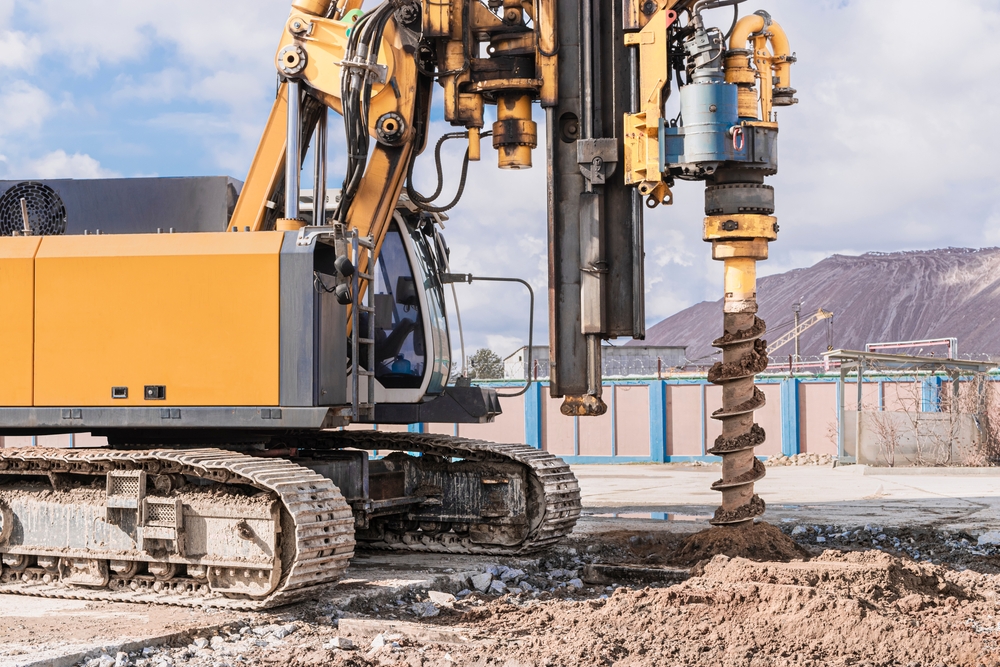
Monitoring, Maintenance, and Feedback
Even with the best components, monitoring remains essential. Operators should track penetration rates, torque fluctuations, and temperature trends to detect early wear. Regular inspection of drill rods, swivels, and shock absorbers provides insight into how well lubrication is working. Data collected from these checks allows for continuous improvement, adjusting lubricant formulations or upgrading component grades to extend service intervals.
Environmental and Cost Considerations
Performance is no longer the sole metric. Environmental and lifecycle costs matter just as much. Modern drilling lubricants and additives are increasingly designed to minimize ecological footprint without sacrificing performance. Biodegradable bases and non-toxic anti-wear agents reduce contamination risks while meeting international drilling standards.
Economically, fewer change-outs and longer service intervals offset the higher upfront price of premium parts. Reduced downtime alone can deliver impressive ROI, especially in operations where rig hours carry significant cost.
How to Choose the Right Supplier
Selecting a trusted supplier can determine the long-term success of any drilling operation. The right partner offers not only components but also expertise across every product category, from casing advancement systems and DTH hammer assemblies to reverse circulation drilling systems and support equipment for drilling rigs.
Beyond supply, technical guidance matters. A dependable supplier provides product compatibility advice, design input for new rigs, and after-sales support to ensure components and lubricants perform as intended. They should also offer custom manufacturing for unique site conditions, ensuring every tool in the chain, from drill rods to lubricants, contributes to peak efficiency.
Drilling performance is ultimately determined by the sum of its parts. Stronger materials, smarter lubrication, and consistent maintenance together create a resilient system capable of enduring the world’s toughest formations. By investing in advanced wear components and drilling lubricants and additives, operators gain more than durability, they gain control over their productivity curve.
Extended tool life, reduced downtime, and smoother drilling are not accidents; they are outcomes of thoughtful engineering and disciplined maintenance. The most successful drilling teams treat every rod, swivel, hammer, and lubricant as part of one integrated system. When that system is optimized, the result is clear: faster penetration, fewer failures, and a healthier bottom line.


